Varicose veins are a common disease that develops in many adults.
According to statistics, this disease develops in women more often than in men.These veins appear on the legs and become more common with age.
In addition, the article detects important facts on varicose veins, the corresponding photos are provided for a better understanding of how they appear, what it is and how to treat them.
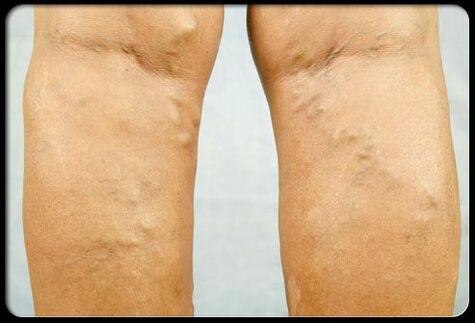
What is varicose veins?
The veins expanded in a various way are an expanded abnormal veins, which more often develop on the legs.Have, as a rule, blue color, purple or skin.
They look like extended blood vessels, convex and convex that can protrude over the surface of the skin.
What are spider -shaped veins?
The aracolas veins (also called telangectasia or vascular asterisks, vascular mesh) are an accumulation of small blood vessels, which develop near the surface of the skin.
They often have red, blue or purple, they have the appearance of the web.The most often vascular stars are located on the face and legs.
What leads to the development of varicose veins?
Varicose veins are caused by structural disorders in the blood vessels.
The veins transport blood from various parts of the body to the heart.They have a series of unidirectional valves to avoid reverse blood flow.
For a series of reasons, these valves can be damaged, which leads to the opposite blood flow within the veins.The long stagnation of the blood increases the pressure inside the vein and weakens the wall of the blood vessel.
Therefore, due to the stagnation of the blood and the expansion of the affected blood vessels, spider -shaped veins develop.
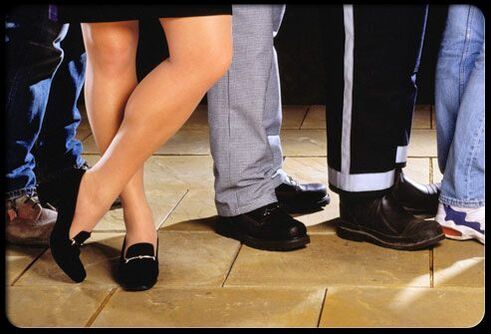
Reasons for development?
There are many different risk factors that increase human possibilities to develop varicose veins.
They include:
- elderly
- longtime or sitting,
- obesity,
- pregnancy,
- Hormonal therapy,
- taking contraceptives,
- injuries,
- Previous surgical interventions in the veins,
- Anamnesis of the veins of thrombosis,
- Family history.
Symptoms of varicose veins
Often varicose veins have no other symptoms and signs, with the exception of their unwanted cosmetic species.However, some people can experience certain symptoms with varicose veins.
Symptoms may include:
- swelling,
- The feeling of pulsation,
- It's a dull pain,
- burning,
- itching,
- severity,
- Tingling or convulsions in the legs.
These symptoms often deteriorate after sitting or prolonged.Individuals can also develop the color of brown skin and, ultimately, trophic ulcers.
Complications of varicose veins
If these are not varicose veins, this can lead to the following:
- Trophical skin ulcers develop.These open wounds, as a rule, appear on the legs.Sometimes they can lead to the development of soft tissue infection.
- The swamps of the veins (surface thrombophlebitis) develop.
- Bleying from the veins are possible.
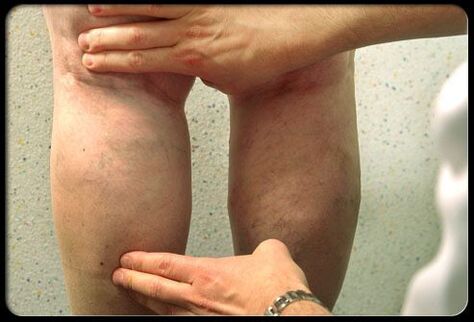
Diagnosis of the vascular shirt and varicose veins
It is possible to diagnose the presence of varicose veins using a complete examination of the affected area, which, as a rule, is on the legs.
The exam consists of a visual inspection and a palpation of a problematic area.Particular attention is paid to the areas with redness, swelling, changes in the color of the skin and trophic ulcers.
Domestic treatment
There are various methods that can be applied at home to help weaken some symptoms if they appear.These conservative methods can also help prevent any potential complications.
Compression stockings
Compression stockings are a simple measure for home treatment to help relieve symptoms in the legs.
They improve blood circulation, increasing pressure in the legs.These socks are of various kinds and strengths of compression.The doctor can recommend a pair suitable for you.As a rule, sold in pharmacies.
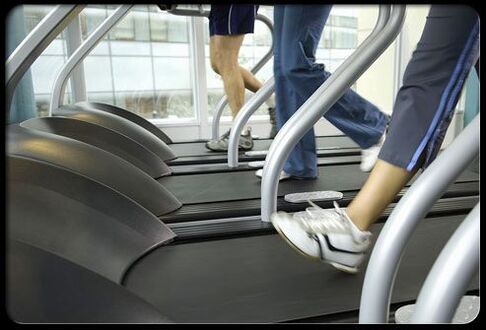
Change in lifestyle
The program of regular physical exercises and weight loss can help alleviate the symptoms of spider -shaped veins and varicose.
The buried people should avoid standing or sitting prolonged, lifting their legs during the seat or sleep to improve blood circulation and reduce swelling in the legs.
Sclerotherapy
Sometimes the conservative treatment of varicose veins at home may not give the desired results.In these cases, more specialized medical procedures can be performed, depending on the positioning and size of the abnormal veins.
These medical procedures are often performed for cosmetic reasons.
Sclerotherapy is a common technique that can be performed by a doctor;It is very effective in eliminating most of the spider veins and varicose veins.
During this procedure, which does not require anesthesia, the doctor introduces a liquid solution directly within the vein concerned, which leads to his gluing and, ultimately, to the disappearance.To obtain optimal results, different sessions may be necessary.The potential side effects include bruises, swelling, bleeding, infection and a change in the color of the skin.
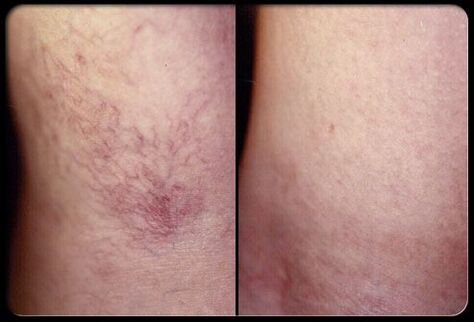
Sclerotherapy: before and after
Treatment with sclerotherapy may need different sessions and healing time can change, depending on the person.
Basically, spider-shaped veins begin to disappear within 3-6 weeks after treatment, while varicose veins can be necessary to improve several months.
Laser treatment of varicose veins
Laser therapy is another alternative medical procedure that the doctor can also be performed.Sometimes it is used in addition to sclerotherapy to maximize results.This technique is more effective for Arachnid and varicose veins.
For those patients who are afraid of needles, laser therapy provides an alternative to treatment, although the doctor can advise you on which method of treatment is best in the specific situation.
Laser therapy uses a focused group of light, which warms the affected blood vessel, which in the end disappears.
The potential side effects include slight redness or cancer in the treatment area, a change in the color of the skin, blisters and scars rarely.
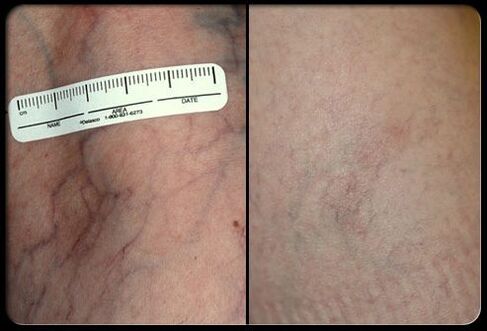
Laser therapy is a recently developed method for the treatment of varicose veins, in which the affected area is treated with light range impulses.
Laser therapy: before and after the procedure
As for sclerotherapy, to obtain optimal results, different laser therapy sessions are often necessary.Improvement can take from several weeks several months after treatment.
Surgery in the veins
Operation is an option of treatment for more serious cases of varicose veins.The doctor will discuss with you various possible surgical procedures to help decide which treatment of varicose veins is optimal for you.One of the surgical methods is the binding of the veins and their removal through small cuts on the skin.
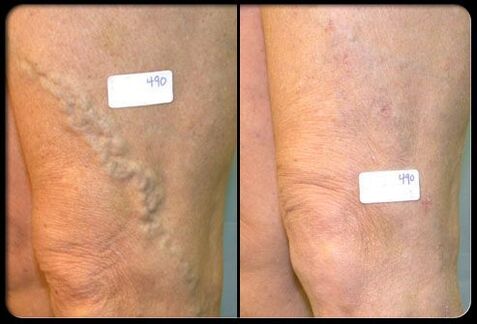
Operation on Vienna: before and after treatment
The binding and removal of the veins often eliminates the symptoms and cosmetic problems of varicose veins.This operation is performed under local anesthesia, spinal or general in the medical institution.
The complete restoration of this surgery, as a rule, requires about 2-4 weeks.Potential complications can include infection, bleeding, scars, nerves damage, deep vein thrombosis, adverse reactions to anesthesia.
Intravenous laser therapy
Laser therapy intravenously is a minimally invasive surgical procedure which consists of laser irradiation through a thin conductor introduced into the vein concerned, which causes its narrowing.
Intravenous laser therapy is characterized by 98% of the initial success.This procedure is performed on an outpatient surface under local anesthesia or using slight sedation.
Patients report less pronounced pain and a faster recovery with intravenous laser therapy, than the binding and removal of the veins surgically.
Radiff ablation
Intravenous radio frequency ablation is a minimally invasive procedure similar to intravenous laser therapy.
Instead of using laser light, a catheter introduced into the vein applies to radio frequency energy, which leads to the heating and narrowing of the ship concerned.
As for intravenous laser therapy, patients report less intense pain and faster recovery, than the dressing and removal of the veins surgically.
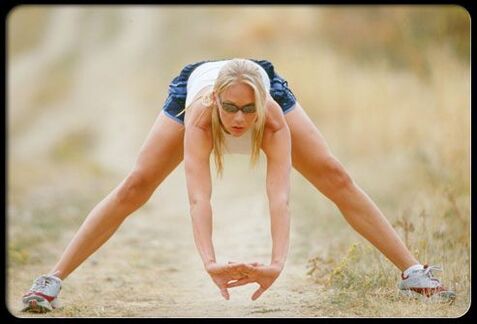
Prevention of varicose veins
Although varicose veins are not always possible to prevent, there are various methods that you can take to reduce development possibilities.
The preventive suggestions include:
- Regular physical exercises;
- Maintain a healthy weight;
- Avoid sitting or prolonged standing;
- Avoid overcoming the legs in a sitting position;
- Raise your legs higher while relax;
- Do not wear clothes that tighten the body in life, groin and legs.
Dear friends.The article is not a medical advice and cannot serve as a substitute for a consultation with a doctor.













































